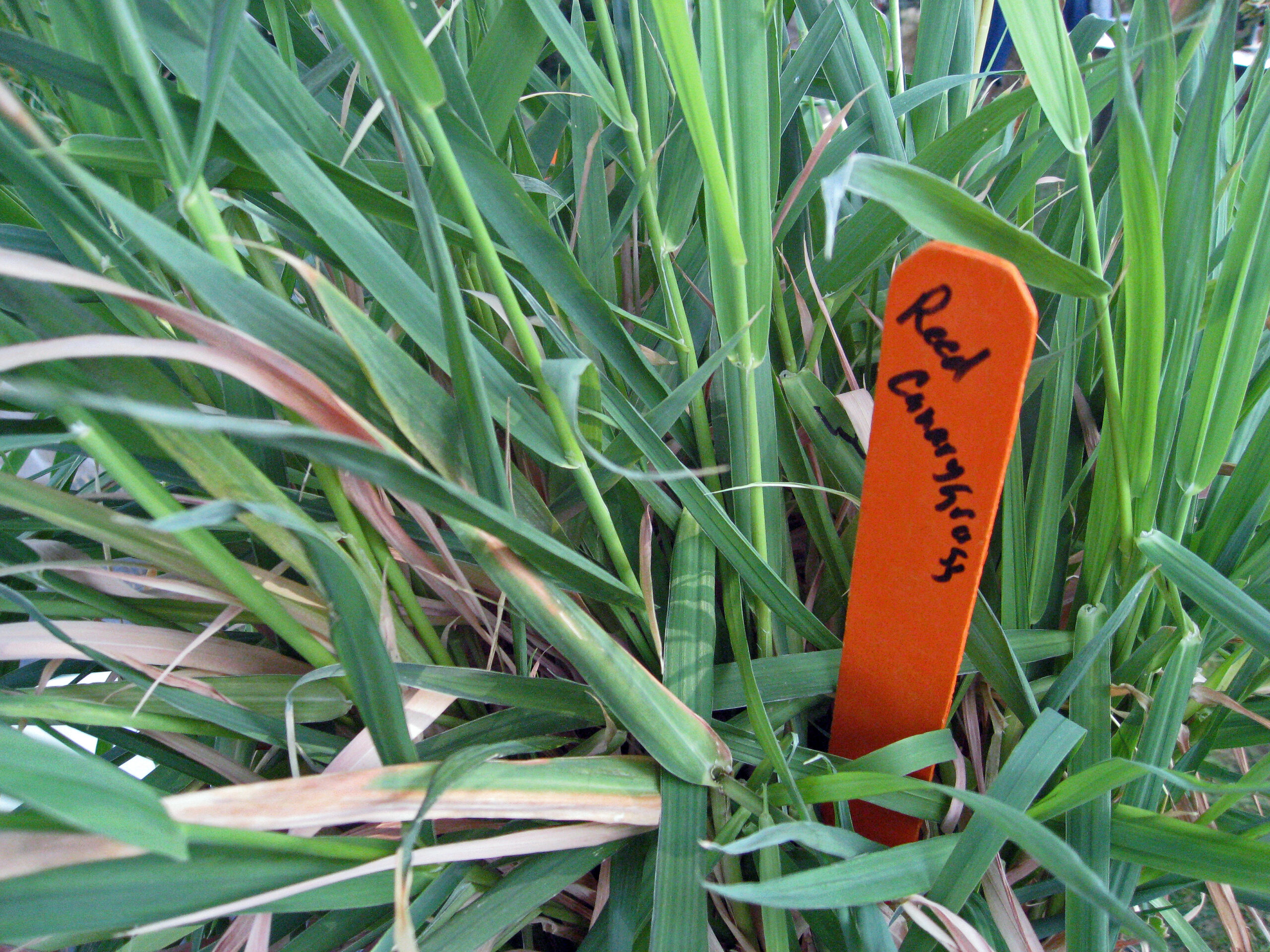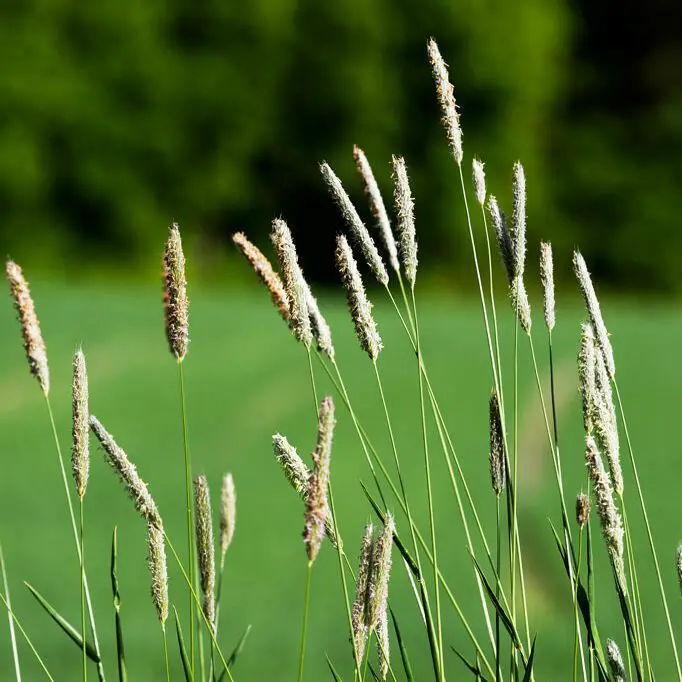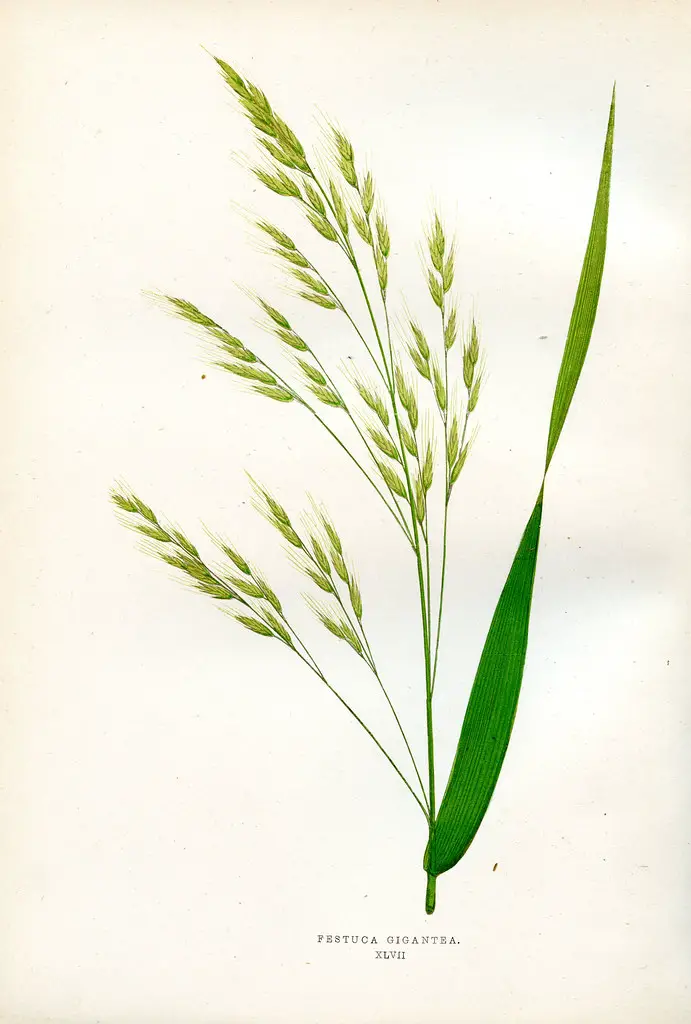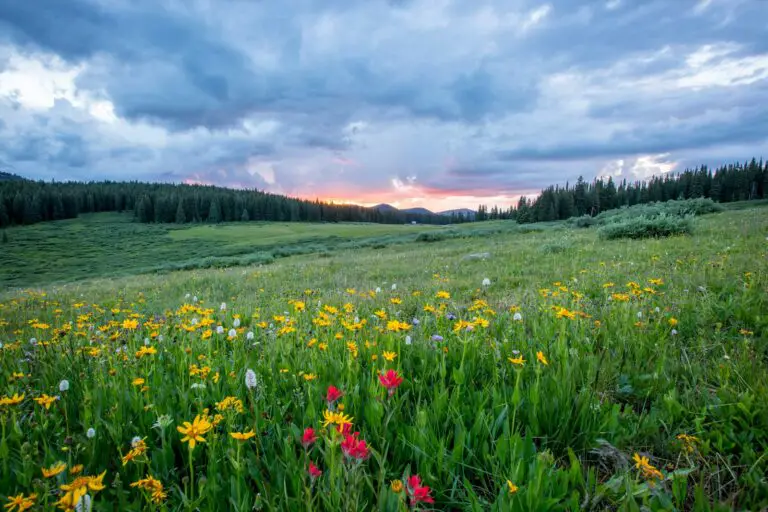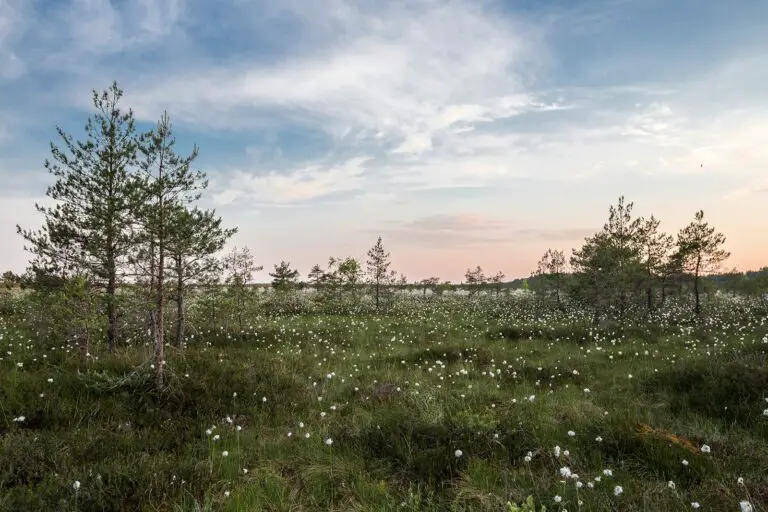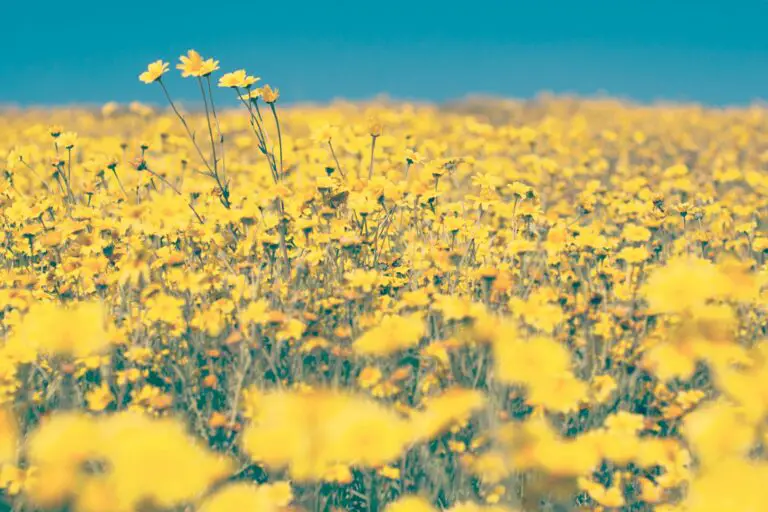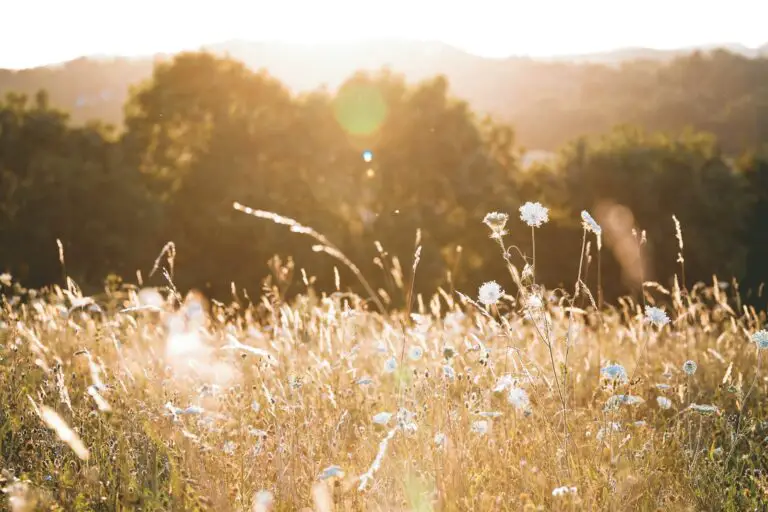Reed Canarygrass: A Stalwart Presence in Cool-Season Gardens
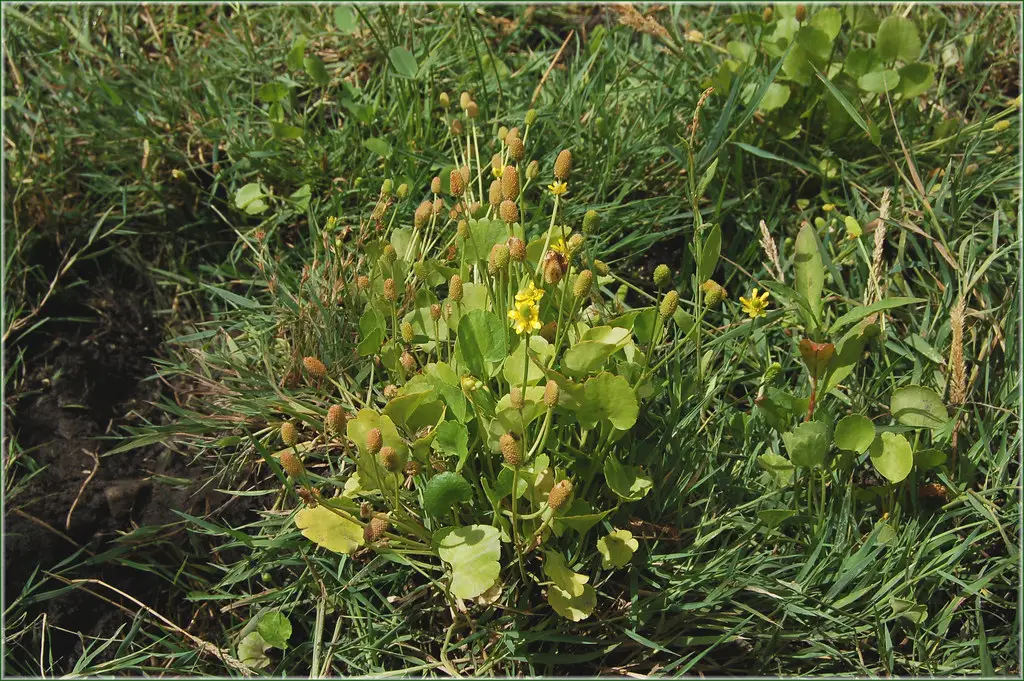
When we think of the stars in a cool-season garden, our minds often wander to the bold colors of pansies, the fragrant blooms of lavender, or the steadfast greens of winter-hardy shrubs. But one unsung hero often keeps these shining co-stars grounded, both metaphorically and literally. Meet Reed Canarygrass, the not-so-humble grass that quietly provides an array of benefits to gardens throughout the brisk seasons.
In this comprehensive guide, we’ll unfurl the verdant potential of Reed Canarygrass, showcasing its virtues, offering cultivation tips, and demonstrating how its subtle elegance can dramatically enhance the ecological footprint of gardens – a must-read for all garden enthusiasts looking to fortify and beautify their outdoor spaces.
Benefits of Reed Canarygrass
Reed Canarygrass is no ordinary patch of green; it is a multifaceted player that provides a vital role in cool-season gardens. As a deeply rooted perennial grass species, this plant offers a range of benefits, from stabilizing the earth to creating a haven for local wildlife.
Soil Stabilization
In gardens prone to soil erosion, Reed Canarygrass acts as a living net, with its dense root system effectively binding the earth against the relentless forces of water and wind. Its tenacity prevents vital topsoil from washing away, thus maintaining fertile conditions for other plants.
Erosion Control
Beyond mere stabilizing, Reed Canarygrass is a combatant against soil erosion, particularly in high-risk areas such as riverbanks and sloping terrains. Its growth habit forms a barrier that slows the flow of water, allowing for natural sedimentation – a fundamental protection mechanism for garden sustainability.
Wildlife Habitat
Not all grasses are created equal when it comes to wildlife appeal, but Reed Canarygrass stands out for its ability to provide shelter for various small mammals and birds. Its tall, thick growth offers a protective canopy, making it an ideal location for nesting and cover, crucial during the winter months.
Growing and Maintenance Tips
To harness the full benefits of Reed Canarygrass, gardeners must understand how to cultivate and maintain this species effectively. Here’s your green thumb guide to ensuring this grass thrives and provides the longest-lasting service to your garden.
Ideal Growing Conditions
Reed Canarygrass is native to the cool, temperate regions of Europe, North America, and Asia, making it well-suited to regions with cold winters and mild to hot summers. It typically prefers moist to wet soil conditions, indicating its potential to thrive in areas adjacent to water features or receiving regular irrigation.
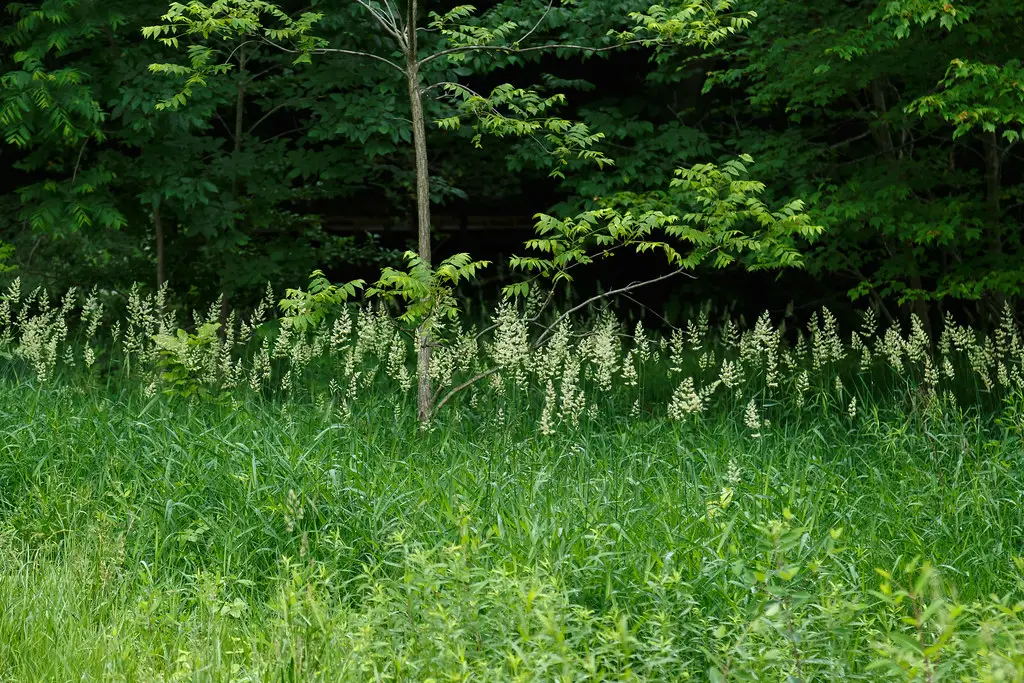
Planting and Care Guidelines
Planting Reed Canarygrass is a straightforward process that begins with preparing the soil to achieve the desired moisture levels. The grass is established through vegetative means, using live plant material or plant crowns. Regular watering is essential during the early stages, and a mulch layer can aid in moisture retention and weed suppression. Pruning or mowing this grass in mid to late spring helps maintain its health and vigor.
Common Issues and Solutions
While Reed Canarygrass is a hardy species, it is not invincible. Competition from invasive species can be a challenge, as can pest infestations. Monitoring the growth site and promptly addressing any encroachments can prevent their interference. Additionally, providing targeted nutrition or amending the soil with organic matter can overcome growth stunting in nutrient-deficient environments.
Incorporating Reed Canarygrass in Garden Designs
The presence of Reed Canarygrass in a garden doesn’t just shield and strengthen the earth; it can also serve as a aesthetically pleasing and functionally convenient addition to any landscaping vision.
Landscaping Ideas
Utilize the vertical aspect of Reed Canarygrass by planting it along fencing or property lines to create a natural backdrop. In wetland or water garden settings, this tall grass can give a convincing marshland atmosphere that reflects native landscaping.
Companion Planting Suggestions
When it comes to companion planting, Reed Canarygrass can serve as an excellent foil for low-growing perennials and shrubs. Its textured foliage and tall inflorescences can create a visually appealing contrast while providing structural support and protection to its neighbors.
Aesthetics and Functionality
One often-overlooked aspect of grasses like Reed Canarygrass is their aesthetic value. The way they capture and play with light can be breathtaking. Planted strategically, they can enhance privacy and offer visual interest year-round, especially when the characteristic seed heads form.
Conclusion
Reed Canarygrass proves that a sustaining presence in a cool-season garden doesn’t always come in the form of ornate blossoms or showy foliage. Its steadfast nature, admirable in its own right, champions the garden’s health in fundamental ways. Whether you’re looking to prevent erosion, foster biodiversity, or simply add a touch of natural grace, Reed Canarygrass is a stalwart ally in the garden’s ongoing story.
For garden enthusiasts seeking to elevate their green space, the inclusion of this robust grass offers a myriad of advantages – ecological, practical, and visual – that are not to be underestimated. I urge you to consider the potential that Reed Canarygrass holds for your garden and to explore how its presence can harmonize with and enhance your unique gardening goals.
By making Reed Canarygrass part of your gardening narrative, you’re not just adding a plant. You’re joining a legacy of sustainability and natural resilience that will continue to grow with every season that passes.

